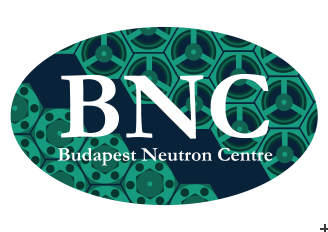Copyright 2012 neutronsources.org | All rights reserved. | Powered by FRM II | Imprint / Privacy Policy
BNC seminar on 'anti-fouling'
Date: 24.September 2019
Source: BNC
Neutron reflectometry studies of strongly hydrophilic polymer coatings
The accumulation of undesired biomaterials onto surfaces (‘biofouling’) is a problem in both industry and healthcare1. One of three main paths in marine ‘anti-fouling’ involves hydrophilic materials that bind water strongly2.
This hinders the foulant from attaching, since the bound water must be removed first. This strategy aligns well with the requirements for biomedical, as well as several food and pharmaceutical applications, were other approaches, such as the use of toxins, are not applicable. Thus, exploration of this strategy is of broad and general interest in anti-fouling research.
Poly(ethylene glycol) (PEG) is currently the gold standard of such coatings, despite its shortcomings in environmental stability3. Materials combining the functionality of PEG and the stability of poly(methyl methacrylate) were intensively studied and thin films made from 1:1 mixtures of 2-hydroxethyl methacrylate and oligo(ethylene glycol) methacrylate were tested in anti-fouling assays. The assays showed an unexpected optimum film thickness, in both the anti-fouling performance and hydration, without an obvious explanation4.
Other examples of such coatings are zwitterionic polymers that have both anionic and cationic functional groups. They bind water strongly through polar interactions, but their zero net charge means they do not participate in Coulomb interactions with foulants. To bypass the difficulties arising from the synthesis of zwitterionic monomers, co-polymers of oppositely charged monomers, also referred to as pseudo-zwitterionic co-polymers, are explored and used as model systems.
Studies performed on cationic poly(2-aminoethyl methacrylate) and anionic poly(2-carboxyethyl acrylate) grafted sequentially with the top layer as a thickness gradient, show that optimal fouling resistance exist in a well-defined region along the gradient, and that the position of the optimum depends on the pH5. This is explained by a model that correlates the optimum to a highly condensed, charge-balanced region of the gradient.
In this work we use neutron reflectometry and spectroscopic ellipsometry to investigate the mixing and swelling of poly(2-methylacrylic acid-co-2-aminoethyl methacrylate) copolymer hydrogels and the thickness and grafting density dependence of the hydration of poly(2-hydroxethyl methacrylate-co-oligo(ethylene glycol methacrylate)) brushes. Utilizing the difference in neutron contrast for deuterium and hydrogen, we use deuterated monomers to determine the depth profile of the monomer ratio, and water contrast variation to determine the hydration profile of the films.
[1] Callow, M. E. and Callow, J. A. Biologist, 49(1), 1-5, (2002)
[2] Banerjee, I. et al., Adv. Mater., 23, 690–718, (2011)
[3] Branch, D.et al., Biomaterials, 22(10), 1035–1047, (2001)
[4] Yandi, W.et al., ACS Appl. Mater. Interfaces 6(14), 11448–11458., (2014)
[5] Tai, F. I. et al., Soft matter, 10(32), 5955–5964, (2014)
